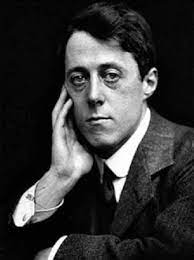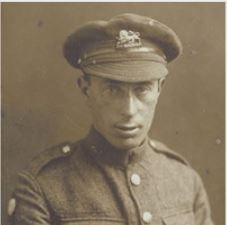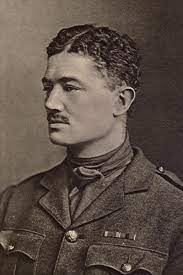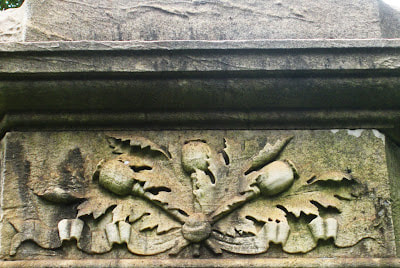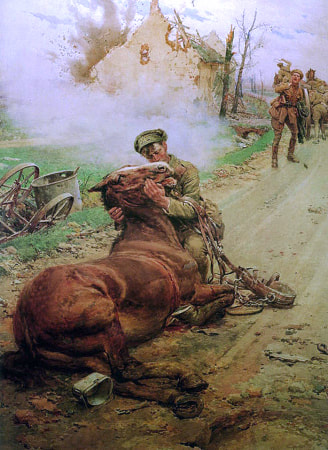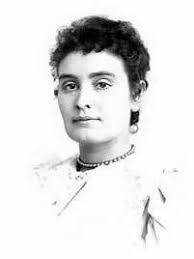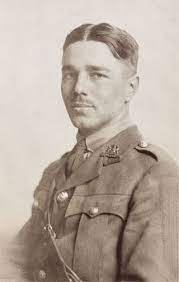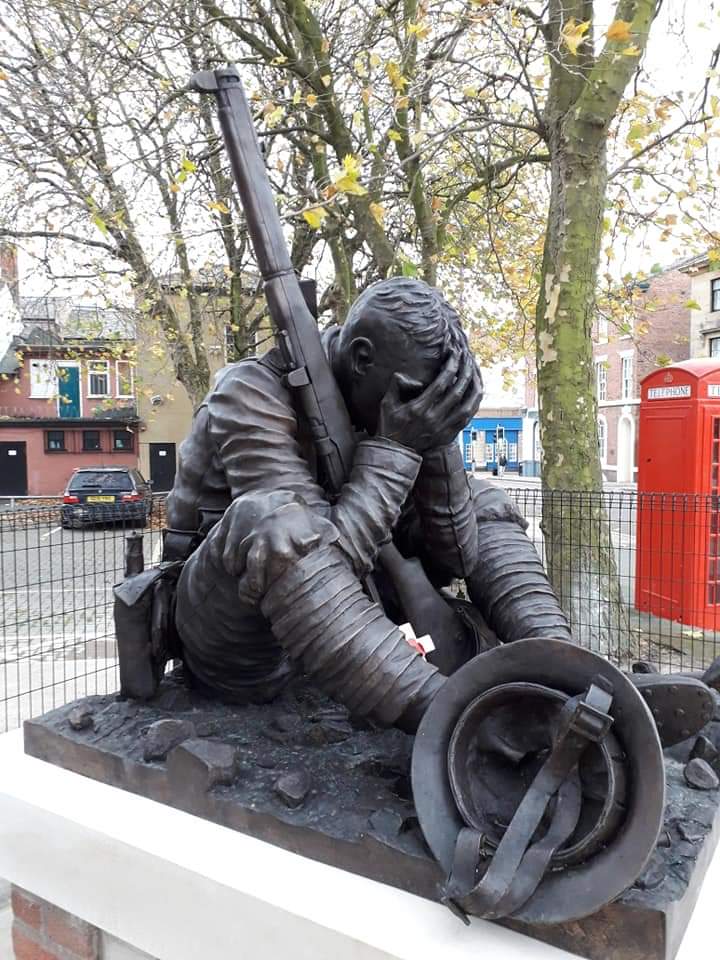
Man o' War was born in March of 1917. He was named for his owner, August Belmont, Jr., who joined the United States Army soon after the colt's birth. Belmont was 65, but World War I had inspired him to serve overseas, in France, despite his age.
Man o' War, who was also called Big Red, won an amazing 20 of his 21 races. His only loss was, ironically, against a horse named Upset, and came after a bad start, where he was reportedly facing the wrong way when the starter raised the tape.
The talented horse never ran the Kentucky Derby because his owner, Samuel Riddle, thought that the spring weather in Kentucky was too unpredictable. Considering that it has snowed on Derby day more than once, he may have had a point. In 1989, the race time temperature in Louisville was 43 degrees, a little cool for a horse to run 1 ¼ miles without straining his muscles.
After his racing career, Man o’ War was put out to stud. He sired many famous racehorses, including the 1929 Kentucky Derby Winner Clyde Van Dusen and War Admiral, who won the Triple Crown in 1937. Another of his progeny, Hard Tack, became the father of Seabiscuit, the small horse that came to symbolize hope during the Great Depression.
Man o’ War died in November of 1947 at the age of 30, which is advanced for a horse. His body was embalmed, then placed in a giant, custom-made casket. It took 13 men to carry the 1,200 pound horse to his grave. His death was reported in The New York Times with the kind of pomp that was usually reserved for celebrities and politicians.

